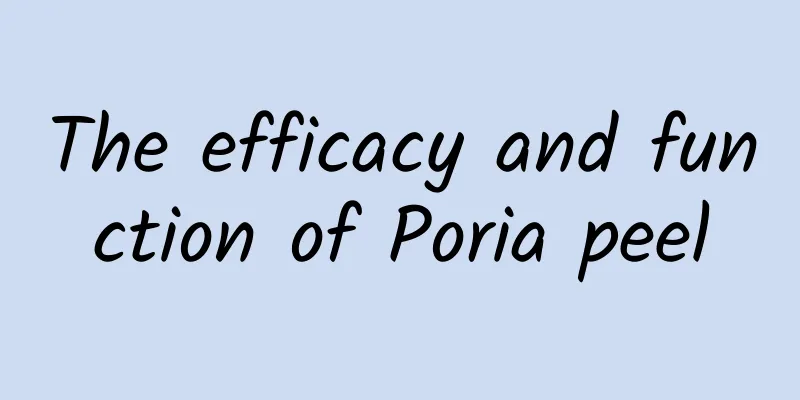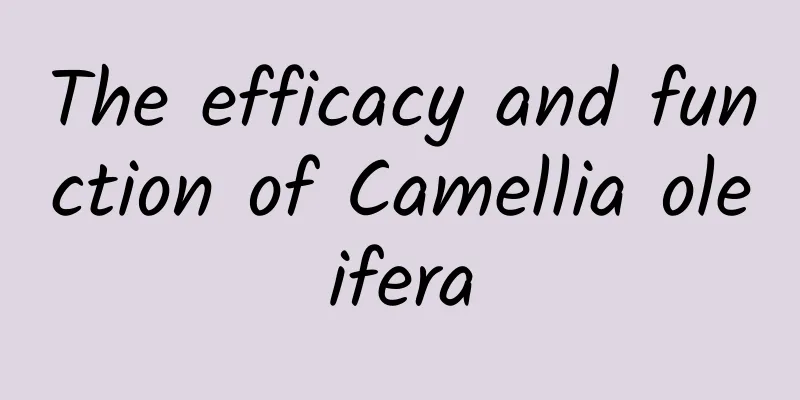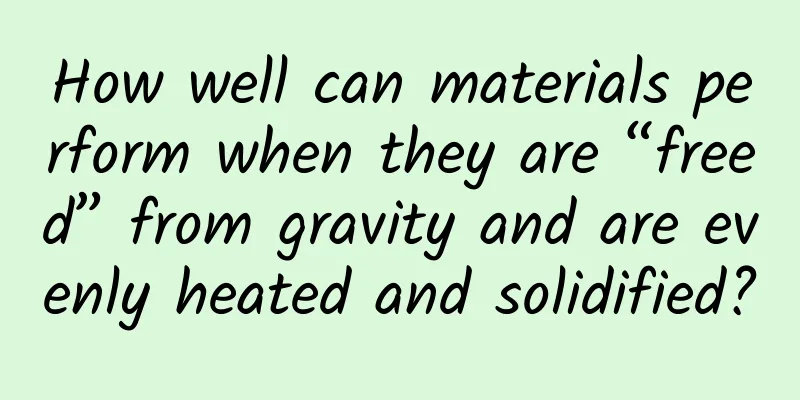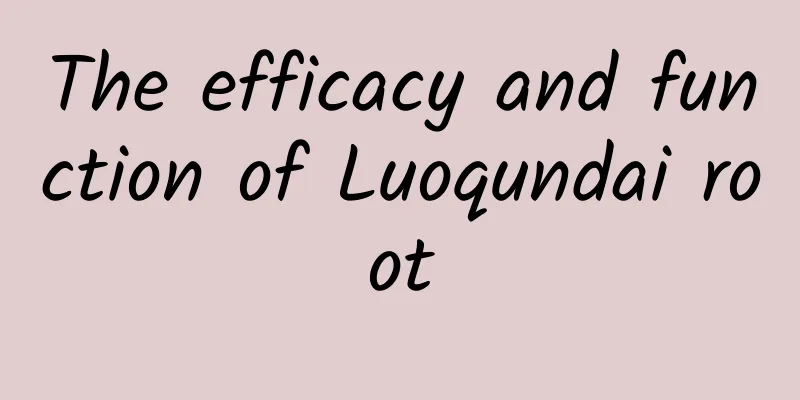Traditional Chinese medicine says: This medicine is indispensable for men throughout their lives

|
Because men have to bear more pressure from work and life, they are more likely to have certain physical problems, so daily health care is particularly important. Some men like to boil medicine to regulate their bodies; while others like to drink herbal tea or medicinal wine to achieve the effect of strengthening their bodies. However, do you know which Chinese medicines are the most indispensable for men in their lives? Let's take a look at them together: Use Poria cocos and Imperata root to remove dampness and heat in adolescence A survey shows that 98% of men will suffer from acne during adolescence. At this time, the level of androgen secretion in men's bodies increases, sebum secretion becomes active, and coupled with the high mental stress during their school years, they are prone to irregular lifestyles. Therefore, the most common problems among adolescent males are acne and getting irritated. Acne is mostly caused by excessive heat in the lung meridian, or damp heat in the spleen and stomach. People in this age group may wish to take two Chinese medicines, Poria cocos and Imperata cylindrica. Poria has a mild nature and can play a diuretic, dehumidifying, and spleen-strengthening role without hurting the body's vital energy. You can soak 10 grams of it in water and drink it every day, or boil it in water with Poria cocos, Alisma orientalis, etc. Imperata root can clear heat from the lungs and stomach, and has the effects of cooling blood, clearing heat and promoting body fluid. It is recommended to soak it in water and drink it directly. For middle-aged detoxification, use Pueraria root and white peony root Middle-aged men aged 30-55 are under great pressure from work and life, are busy with social events, often stay up late and drink. If you do not pay attention to your health, it is easy to develop high blood pressure, high blood lipids, high blood sugar and cardiovascular and cerebrovascular diseases. People in this age group may wish to take some Pueraria root, which has detoxifying effects. According to the "Compendium of Materia Medica", Pueraria root is cool in nature, flat in temperament, sweet in taste, and has the effects of clearing heat, reducing fire, and detoxifying. Modern medical research also shows that puerarin, an isoflavone compound in Pueraria root, has certain therapeutic effects on hypertension, hyperlipidemia, hyperglycemia and cardiovascular and cerebrovascular diseases. It can be decocted into a soup or mashed into juice and added to rice soup for consumption. In addition, white peony root has the effect of soothing the liver. People who drink frequently can choose this Chinese medicine to soak in water and drink it, which can harmonize qi and blood and allow yang energy to be released. |
<<: This animal was used to treat diseases 300 years ago
Recommend
The rice cooker we use every day actually causes cancer? Can we still use it for cooking?
Braised chicken legs with rice, sweet and sour po...
The Devil Boy's Trouble in the Sea, Made It to the Cover of a Top International Academic Journal? Pictures Speak the Truth
The 2025 Spring Festival movie "Nezha: The D...
What is Tianchong Chinese medicine?
Tianchong is also called dead silkworm and ginger...
How long does it usually take to take Chinese medicine?
Health issues have become a concern for more and ...
5G is beautiful, but we also need to solve the problem: Why must we pay attention to 5G-Advanced today?
I wonder if you have noticed that in 2019, the fi...
How do you know if your spine is bent? Is there any hope for a bent spine?
Not long ago, a hot search on Weibo made many peo...
The efficacy and function of deer marrow
Deer marrow is a kind of traditional Chinese medi...
What are the effects of honeysuckle vine?
Honeysuckle is a treasure from head to toe, so it...
What are the effects and functions of Pueraria lobata?
Pueraria root is a good Chinese medicinal materia...
Side Effects of Raspberries
Raspberry is a sweet and sour fruit, and it also ...
The efficacy and function of the yellow flower lice hemp head
Friends who don’t know about the Yellow Flower Li...
Can cancer be transmitted between husband and wife? These 4 types are likely to develop into "couple cancer", take precautions →
gossip “Can cancer be transmitted between husband...
A new problem for mankind: the "sin" and "punishment" of space activities
With the development of aerospace technology and ...
Bird population census: AI has started to check the bird population!
According to statistics from the World Wildlife F...
Can Cistanche be used externally?
Cistanche is a very popular health plant in recen...


![The efficacy and function of Chuanwu[Picture]](/upload/images/67ca5ce63c578.webp)






